The system Android has so many things that sometimes you can't even find a use for it. One of those things is USB debugging. Many people think that they do not need it, but at the same time, as soon as they find out what it is, they begin to actively use it and resort to it on an ongoing basis. Although, for the most part, this is needed by developers or those who are engaged in servicing smartphones. However, there are things that can only be done through this mode. If you do not know what it is and whether you need it, I will try to tell you why it may be needed. And most importantly, I will answer the popular question: “How to enable USB debugging mode?”

Developer mode on Android gives you a lot of possibilities.
What is USB debugging for?
As I said above, USB debugging is needed by developers who write applications and test them on a smartphone. It can also be useful for transferring files to a smartphone or for downloading them to a computer.
Sometimes USB debugging mode helps to make a copy of applications or install them from outside of Google Play. And that's the only way you can flash your smartphone or restore its performance after some kind of failure.
Many will remember another item on this list. USB debugging mode can be very useful for those who plan to perform operations with Root rights.
In any case, before you use what I will tell you below, keep in mind that you bear all the risks yourself. If you are not sure of your actions, it is better not to meddle in this matter. As they say, it will be more whole.
How to enable or disable USB debugging mode
There is nothing difficult in enabling this mode. You just need to go to the phone settings, scroll to the “System” item and open the “Developer settings”. If you don’t know how to get developer rights, I’ll talk about it below.
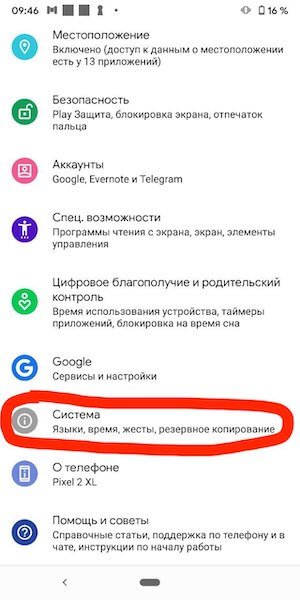
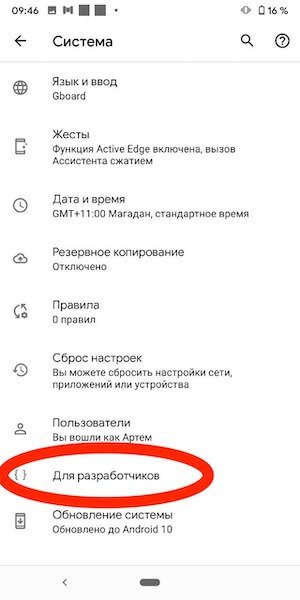
If you already have the rights, you just need to scroll to the item “Debugging via USB” and move the switch to the “on” position. In the same way, you can not only enable this mode, but disable it if necessary. For example, for more security or if you just don't need it.
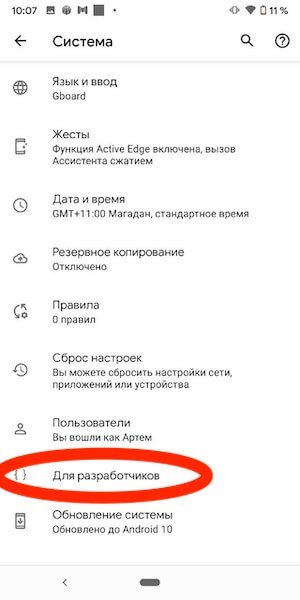
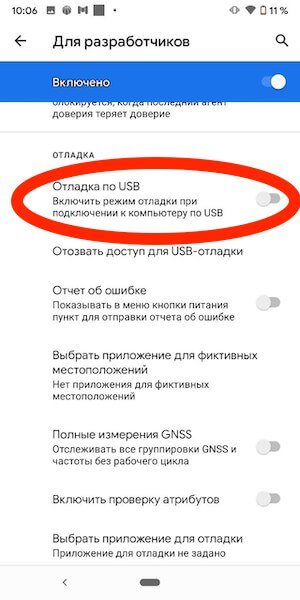
Note that the names of some menu items may differ slightly depending on the manufacturer of the smartphone and the version of the operating system and shell installed on it. Despite this, the wording will still be about the same as I wrote. I think you can figure it out without any problems.
How to enable developer mode
To enable developer mode on Android, just go to your phone settings, find the “About phone” section, which is usually located at the end, and open it. Next, you will need to find the “Build number” field and touch it several times in a row. 8-10 times will be enough. The main thing is to do this without interruption and before the notification appears on the screen. You may be asked to enter your password again before this notification. This was not always the case, but now it is necessary for security, which has been so much talked about lately.
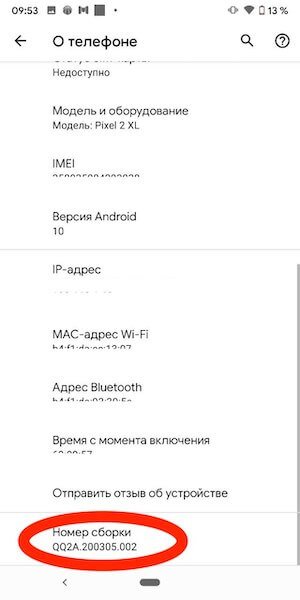
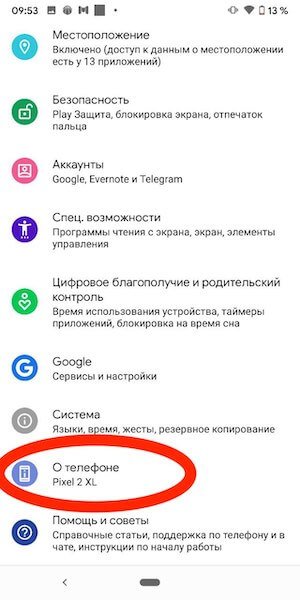
At the bottom of the screen, you will see one of two notifications. Either you will be given developer rights, or they will tell you that you already have them. After that, you need to return to the settings and open the “System” item. Among other things, a new section will appear there. It's called “For Developers”. Although, again, some manufacturers' names may change.
How to turn off developer mode
If you have already opened your developer rights, but changed your mind and want to close them, this is also possible. There are two ways to do this.
As usual, the first is the simplest and most logical. But it doesn't always work. Its essence is to open “For developer” and move the slider to the off position at the top of the list of functions. This item is called the same as the section – “For the developer”.
After that, the opportunity to enter the developer's settings will either disappear altogether, or the line in the “System” section will remain, but it will be inactive. If it is an eyesore to your eyes and you really want to remove it, then this can also be done.
To do this, from the root settings menu, go to the “Applications” item and find there an application called “Settings”. Next, go to the “Memory” section and click “Reset”. In this case, the settings memory will be reset and you will lose the developer mode. If you need it again, the above is how to turn it on. The procedure will be the same as the first time.
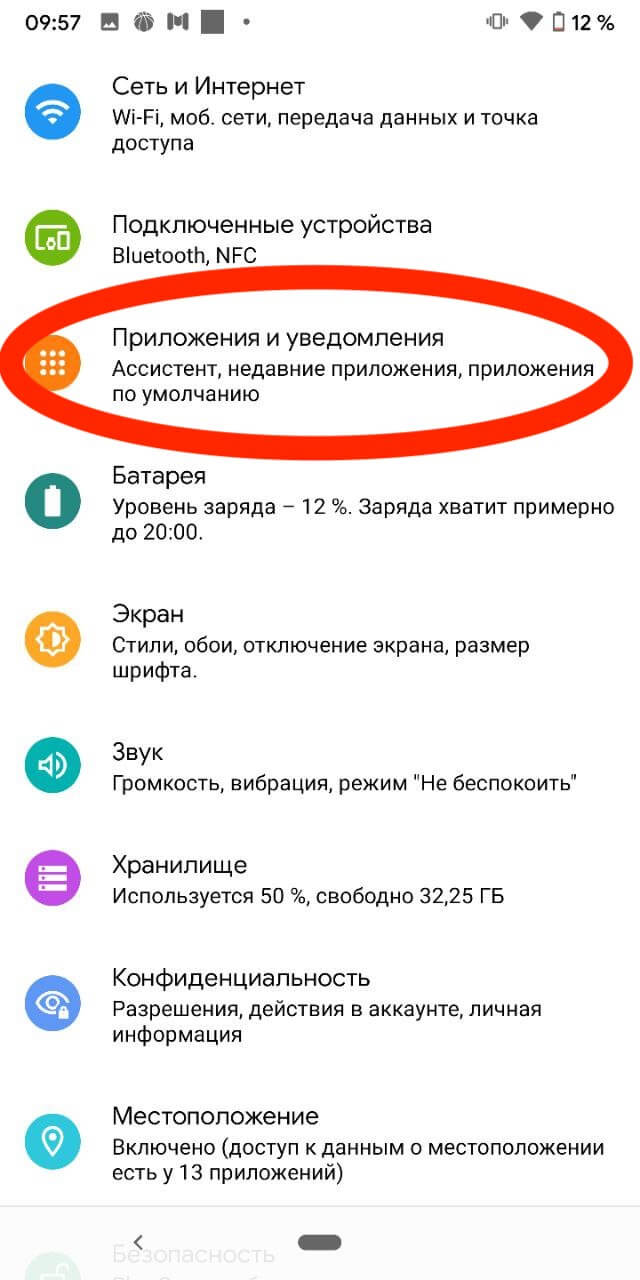
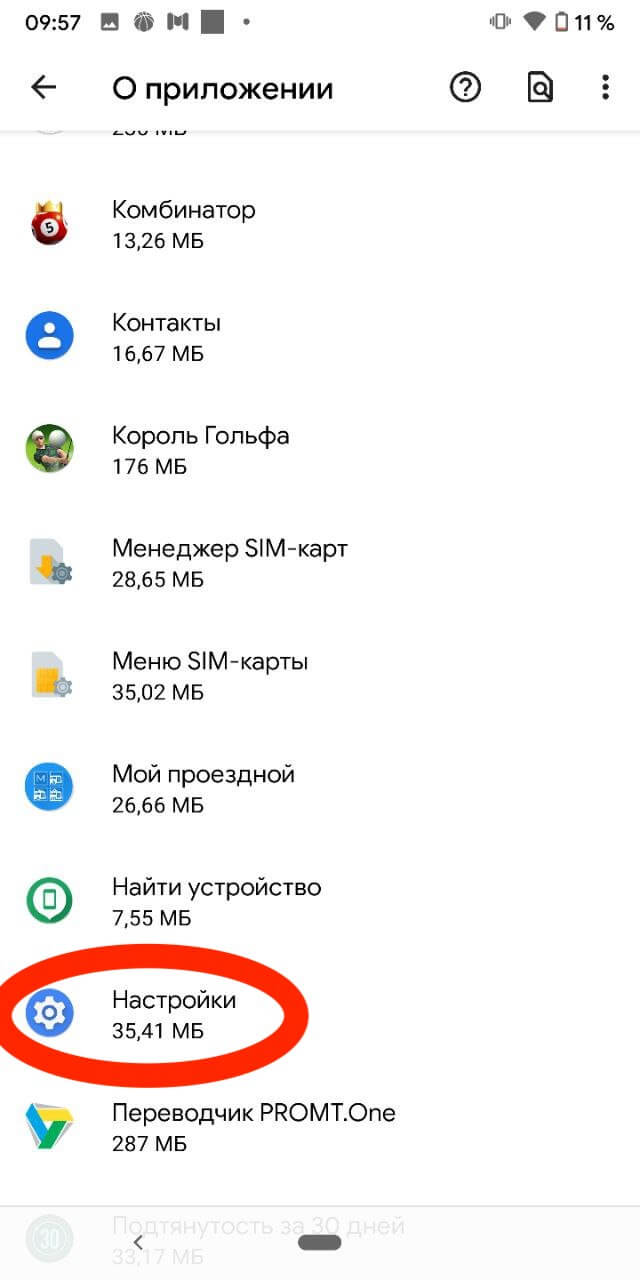


There are two things worth warning about. Firstly, you can lose other data saved in the settings, for example, accounts. But nothing critical and irrevocable should happen. Secondly, on some smartphones, for example, on Huawei P40 Pro, even resetting the settings memory does not work. You must first disable “for the developer” in the first way. Then you have to reset the memory.
Is it dangerous to enable USB debugging or developer mode
In general, there is nothing dangerous in this, but I want to warn you once again that you are doing everything at your own peril and risk. Instruction is one thing, experience is another. You can accidentally click the wrong place and turn on some mode that you simply cannot turn off, not knowing how to do it.
Generally speaking, this is the only danger. If you are worried about the fact that USB debugging will always be enabled, you should not worry too much, but it also makes no sense to enable it unnecessarily. As the people say: “Does it work? Do not touch”.
